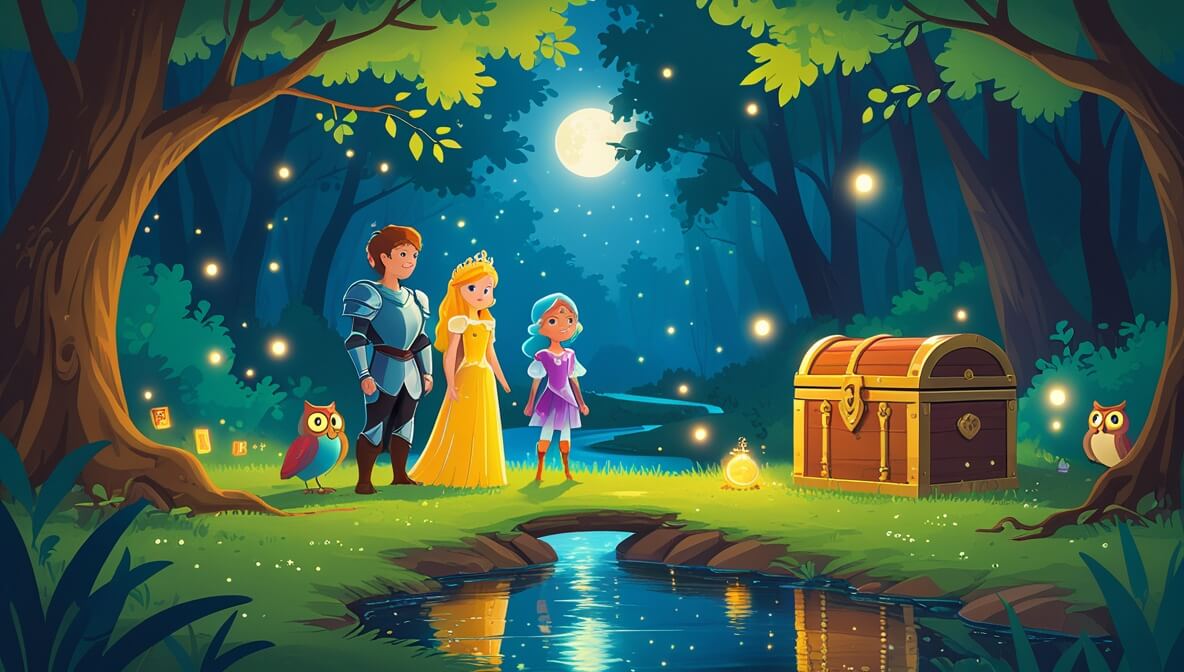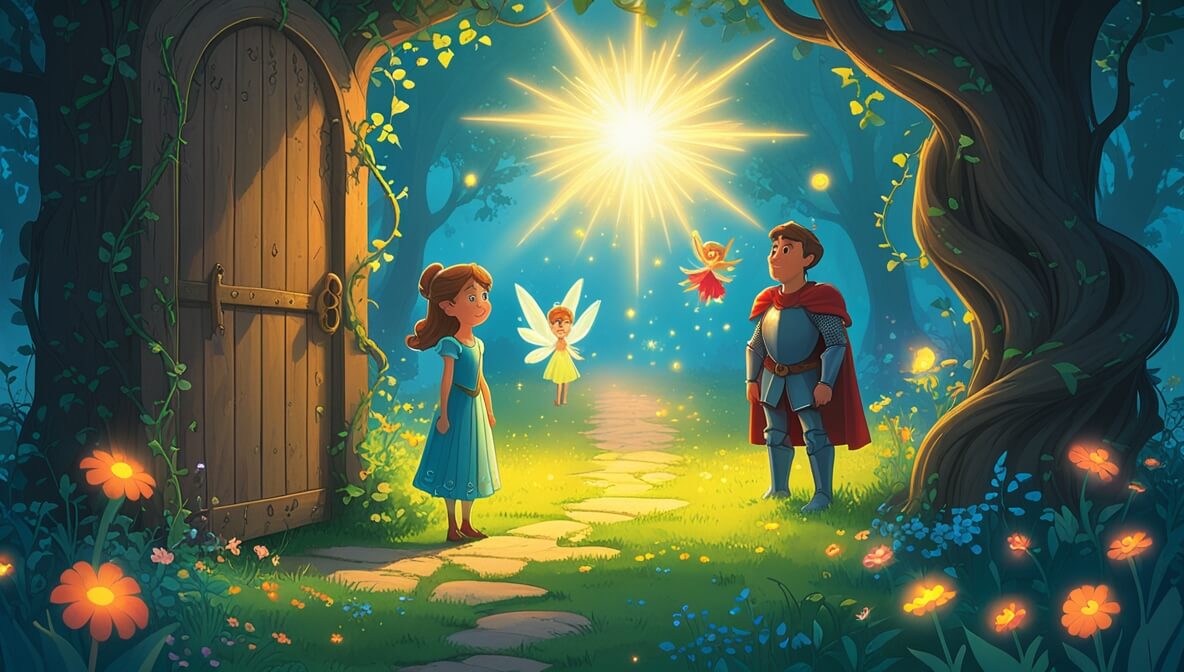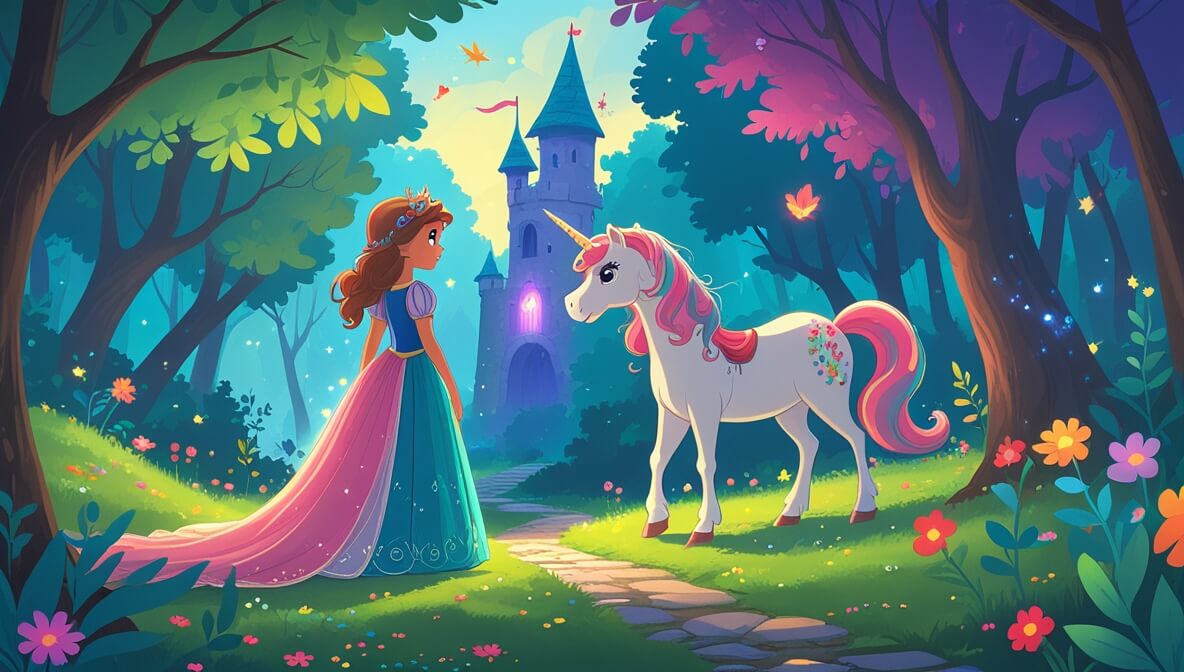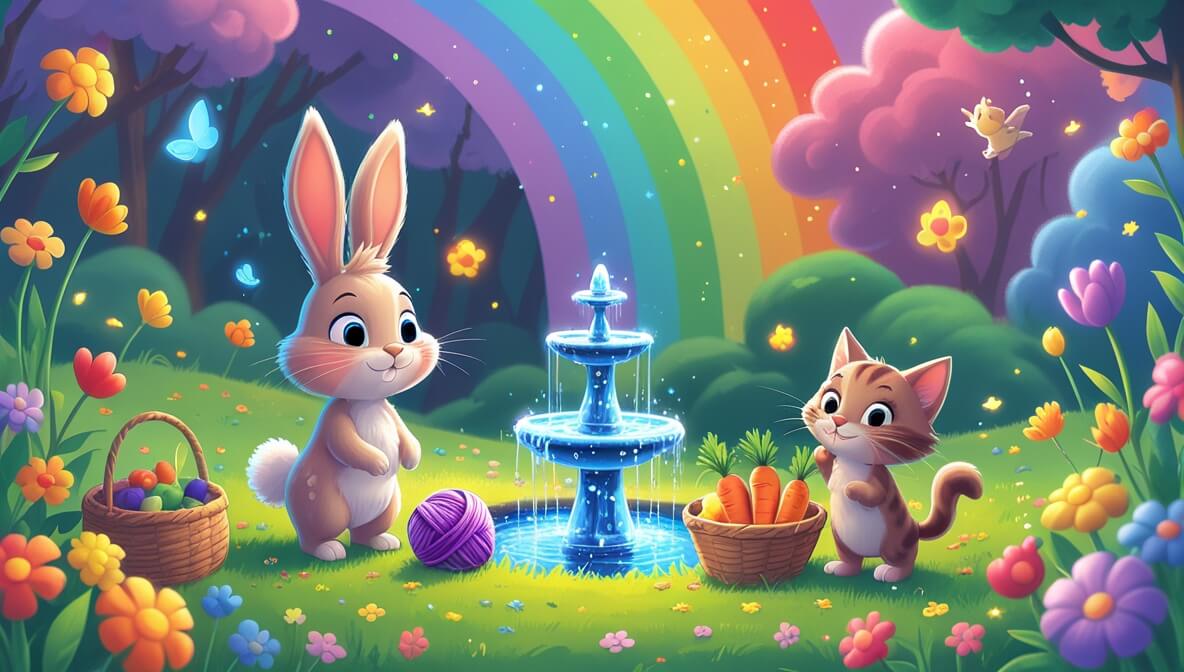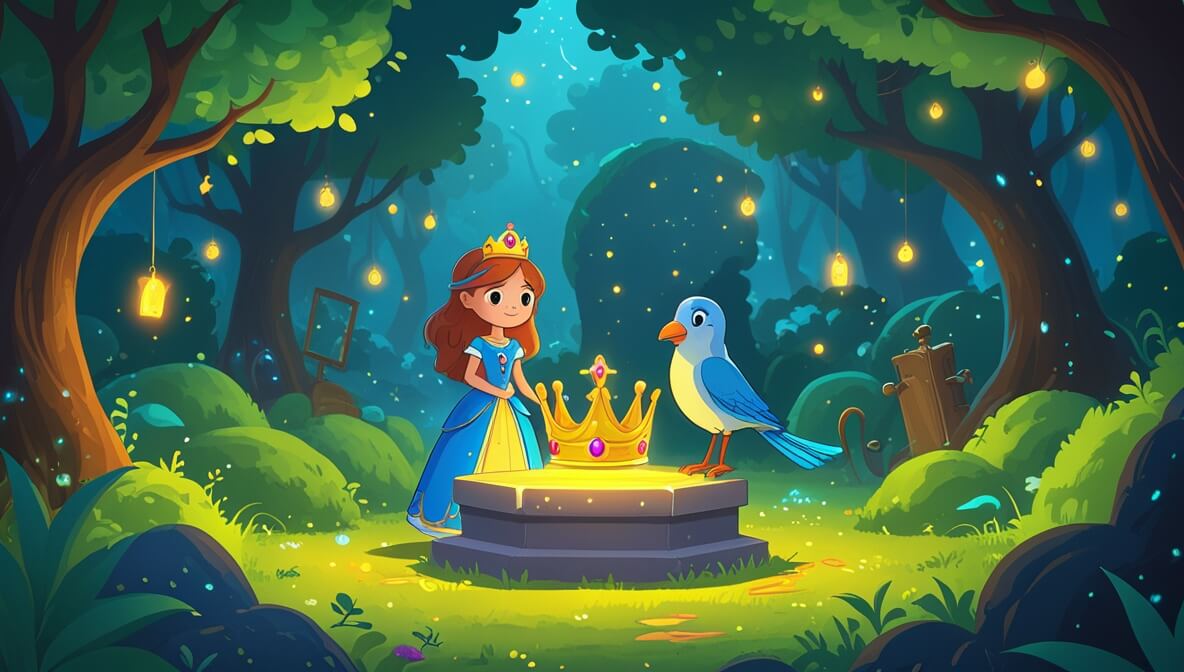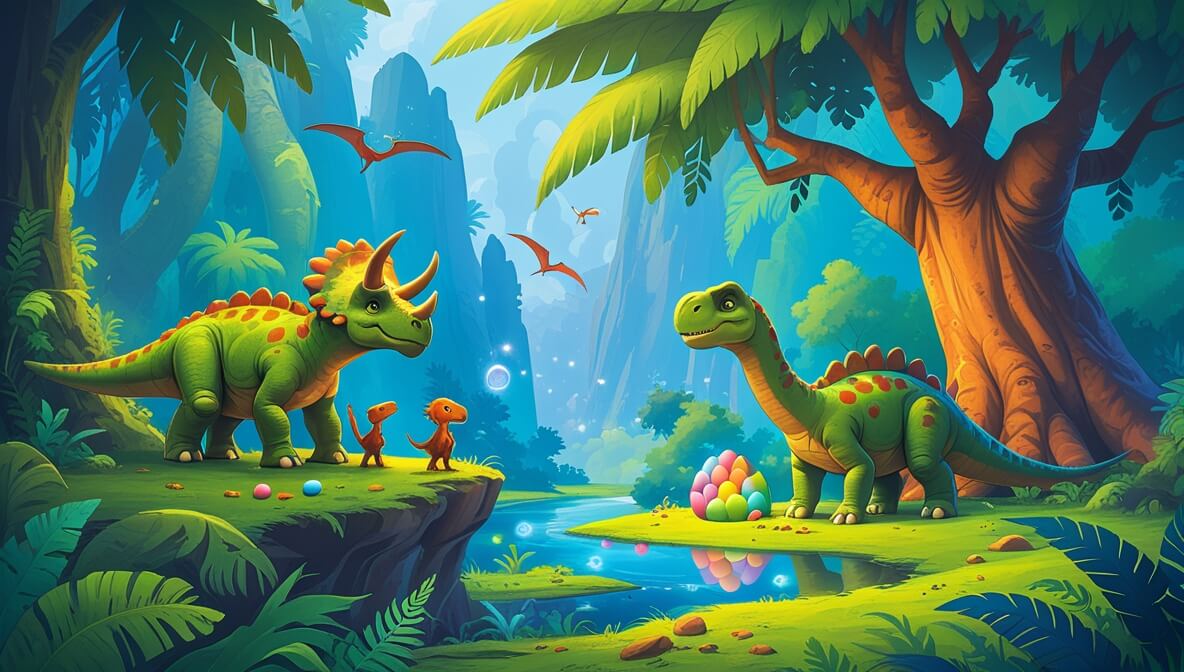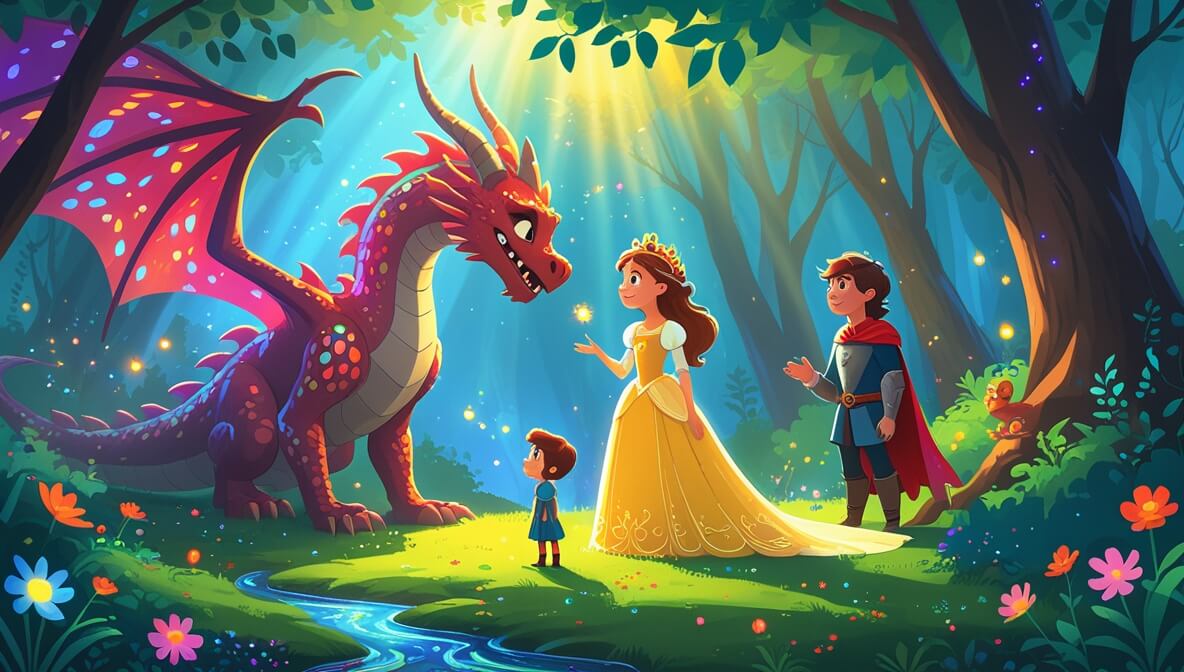In a distant kingdom where sunlight danced on crystal towers, Princess Amara discovers a mysterious map leading to a hidden treasure. With the help of her magical friend, she embarks on an adventure filled with wonder and surprise.
Age Recommendation
3 – 12 years
Characters
Characters:
- Princess Amara (a curious and brave young princess)
- Flicker (a mischievous fairy with a glowing wand)
- Sir Gallant (a loyal knight with a strong heart)
- The Enchanted Owl (a wise creature with secrets of the forest)
Story
Once upon a time, in the kingdom of Lumaria, there was a young princess named Amara. She had golden curls and a heart filled with curiosity. One bright morning, while exploring the castle library, she stumbled upon an old, dusty book. Inside was a mysterious map that led to a hidden treasure in the Whispering Woods.
The Adventure Begins
Excited by the discovery, Princess Amara showed the map to her best friend, Flicker, a mischievous fairy. “Let’s find the treasure together!” Flicker said, his wings fluttering with excitement. They decided to keep the adventure a secret and set out at sunset, when the stars began to twinkle.
The Whispering Woods
As they entered the Whispering Woods, the trees seemed to whisper their secrets. “Stay close,” warned Sir Gallant, the loyal knight who decided to join them, protecting the princess from any danger. The woods were filled with twinkling lights and the soft hoot of an enchanted owl.
The Enchanted Owl’s Guidance
The Enchanted Owl, perched high on a branch, watched them with wise eyes. “To find the treasure, you must solve the riddle of the woods,” it hooted. Amara and her friends gathered around as the owl spoke the riddle: “What runs but never walks, has a bed but never sleeps?”
“A river!” Amara exclaimed, and the owl nodded, revealing the path through the trees.
Discovering the Treasure
Following the river’s gentle flow, they reached a clearing where moonlight danced on a glistening treasure chest. Inside, they found not gold or jewels, but a glowing, ancient book titled “The Secrets of Lumaria’s Magic.” With a smile, Amara realized the true treasure was the knowledge it held.
Back at the castle, Amara shared the magical secrets with her parents, the King and Queen, bringing joy and wonder to all of Lumaria.
The end.
Moral of the Story
The story teaches that true treasures are not always gold or jewels; sometimes, they are the knowledge and experiences we gain on our adventures.
Questions to Think About
- What would you do if you found a mysterious map?
- How do you think Princess Amara felt during her adventure?
- Why was the Enchanted Owl important to the story?
- What do you think is the most valuable treasure?
- How can you apply the story’s lesson to your own life?
Do You Know
- Owls are often seen as symbols of wisdom because they are nocturnal and can see in the dark!
- Maps have been used for thousands of years to help people find their way and discover new places.
Word Explorer
- Curiosity: A strong desire to learn or know something.
- Mischievous: Playfully causing trouble or being cheeky.
- Riddle: A puzzling question or statement that requires thought to answer.
Emotions in the Story
- Excitement: When Amara discovered the mysterious map.
- Wonder: As they explored the magical Whispering Woods.
- Joy: When they found the treasure and shared it with the kingdom.
Color Your Scene
Imagine the moment when Princess Amara and her friends find the treasure chest in the clearing. Picture the moonlight shining on the chest, the sparkling stars in the sky, and the lush green forest surrounding them. Draw this scene using colors like silver, green, and blue to capture the magic.
Parents’ Corner
This story is a wonderful opportunity to discuss the value of knowledge and curiosity with your child. Encourage them to ask questions and seek answers, emphasizing that learning is a valuable treasure. Highlight the importance of friendship and teamwork, as Amara’s adventure was only possible with the help of her friends. Use this story to inspire your child to explore and appreciate the world around them, just like Princess Amara.

